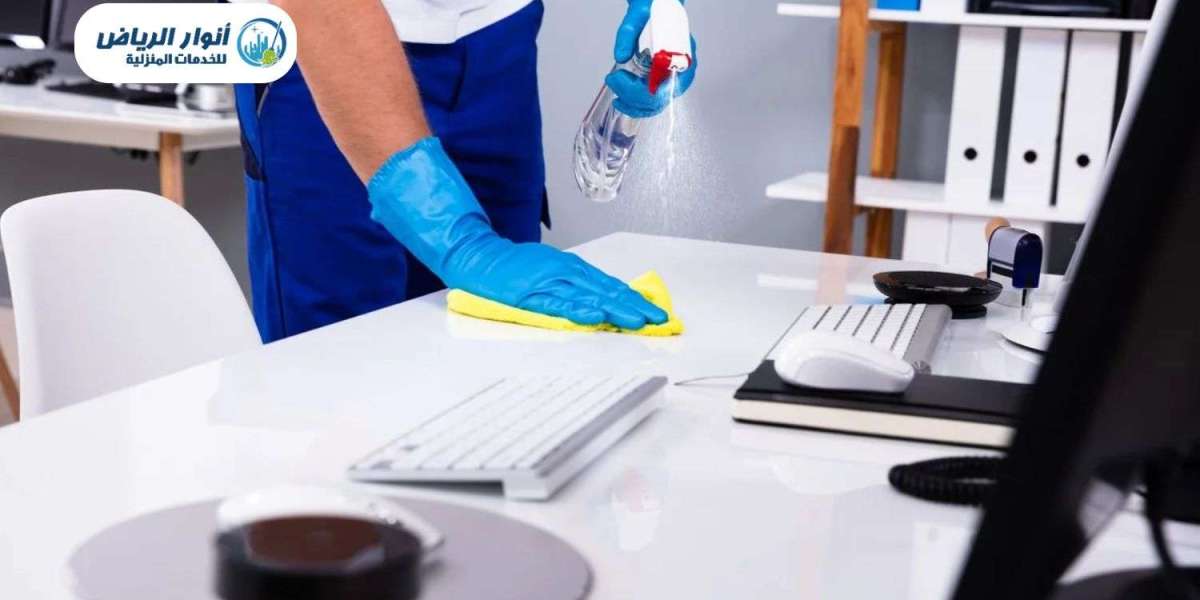The invisible threads that bind our world the power grids are on the cusp of a paradigm shift. As demand for electricity surges and renewable energy sources rise, the infrastructure that carries these currents demands a transformation. In this arena, hollow core composite insulators (HCCIs) are emerging as a compelling alternative to the traditional workhorses porcelain and glass insulators. This article delves into a comparative analysis of HCCIs and their conventional counterparts, highlighting the strengths and weaknesses of each to provide a clearer picture for stakeholders in the ever-evolving power transmission landscape.
Market Overview
According to Stratview Research, the hollow core composite insulators market size is projected reach USD 443.9 million by 2025.
Traditional Insulators: The Stalwarts of the Past
For decades, porcelain and glass insulators have faithfully served the purpose of electrically isolating energized conductors from grounded structures in power transmission lines. These time-tested materials offer several advantages:
- Proven Track Record:Porcelain and glass insulators boast a long history of reliable performance, with well-established manufacturing processes and a wealth of industry knowledge regarding their installation and maintenance.
- Relatively Low Initial Cost:Traditional insulators are typically less expensive upfront compared to HCCIs. This can be a significant factor for utilities operating on tight budgets.
- Wide Availability:With a long history of use, traditional insulators are readily available from numerous manufacturers around the globe.
However, alongside these advantages, traditional insulators also come with inherent limitations:
- Heavyweight Champions:Porcelain and glass insulators are significantly heavier than HCCIs. This translates to higher transportation costs, greater strain on transmission line towers, and challenges during installation, particularly in remote locations.
- Fragile Nature:These materials are susceptible to breakage during transportation, installation, and under extreme weather conditions like ice storms or earthquakes. This fragility can lead to safety hazards and require more frequent replacements.
- Limited Design Flexibility:Traditional insulators are limited in terms of design variations. Their inherent weight and brittleness restrict the scope for innovation and customization.
- Environmental Concerns:Porcelain and glass production can have a higher environmental footprint compared to the manufacturing processes involved in HCCIs. Additionally, disposal of broken insulators can pose environmental challenges.
Hollow Core Composite Insulators: The Lightweight Contenders
HCCIs, crafted from a potent combination of fiberglass reinforced polymer (FRP) rods and epoxy resin, offer a revolutionary alternative:
- Lightweight Design:HCCIs boast a significantly lighter frame compared to traditional insulators. This translates to easier installation, reduced transportation costs, and less strain on transmission line towers, particularly beneficial for long-distance transmission lines.
- Superior Strength:The robust FRP core imbues HCCIs with exceptional mechanical strength. They can withstand high winds, ice loads, and even seismic tremors, ensuring uninterrupted power flow during extreme weather events.
- Design Flexibility:The composite nature of HCCIs allows for greater design flexibility. They can be tailored to specific requirements, such as higher voltage applications or challenging environmental conditions.
- Environmental Benefits:HCCIs are non-brittle and shatter-resistant, minimizing environmental hazards during installation and disposal. Additionally, their long lifespan reduces replacement needs and associated environmental impact.
However, alongside their advantages, HCCIs also have some challenges to overcome:
- Higher Initial Cost:HCCIs may have a higher upfront cost compared to traditional insulators. While the long-term benefits in terms of maintenance, durability, and reduced losses can outweigh the initial investment, a life-cycle cost analysis approach is crucial to overcome this perception.
- Newer Technology:As a relatively new technology, HCCIs lack the long-term track record of traditional insulators. This can lead to some hesitation from utilities accustomed to proven solutions.
- Technical Considerations:While offering superior performance in many areas, HCCIs may have limitations in terms of leakage current performance under high pollution conditions. Further research and development are needed to address these concerns.
- Quality Control:Ensuring consistent quality across HCCI manufacturers is crucial to maintain user confidence. Implementing stringent quality control measures and adhering to international standards are essential.
A Comparative Compass: Choosing the Right Insulator
The choice between HCCIs and traditional insulators depends on several factors:
- Project Requirements:For high voltage transmission lines or projects in remote locations, the lightweight design and superior strength of HCCIs can offer significant advantages.
- Budget Considerations:While HCCIs have a higher upfront cost, a life-cycle cost analysis that factors in reduced maintenance and longer lifespan can make them a more cost-effective choice in the long run.
- Environmental Impact:For projects with a focus on sustainability, the environmental benefits of HCCIs, including their non-brittle nature and longer lifespan, can be a deciding factor.







